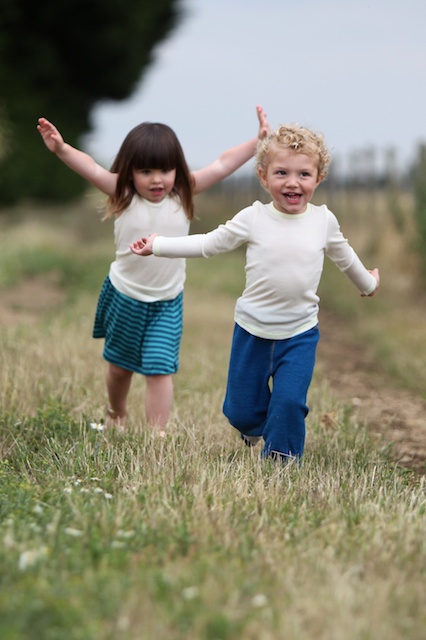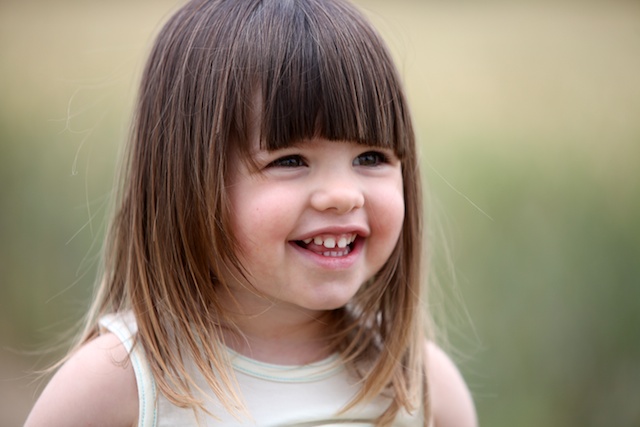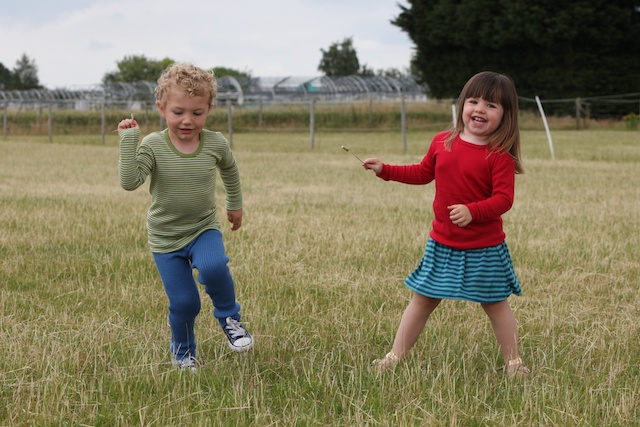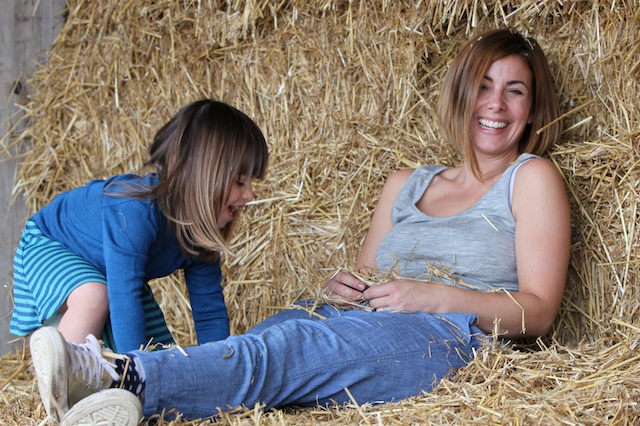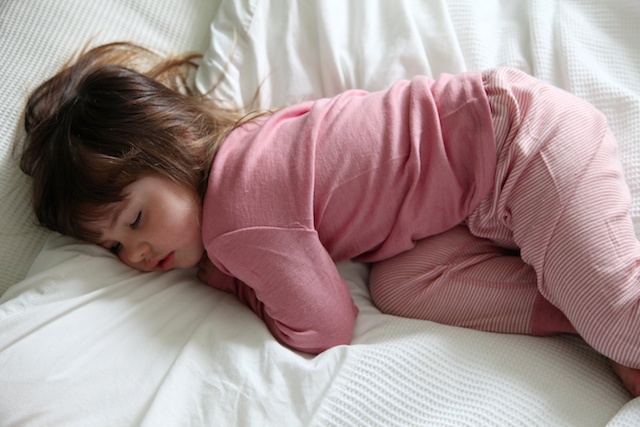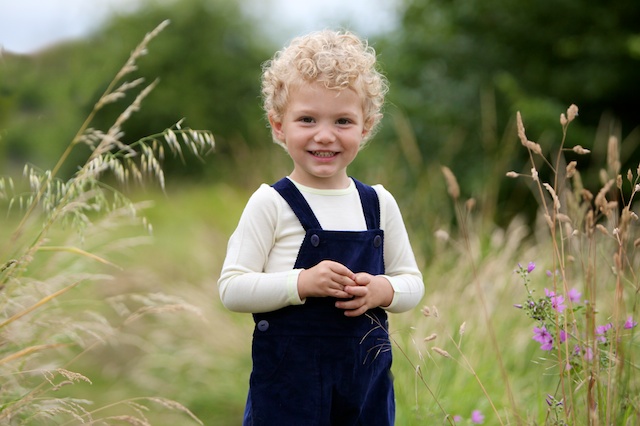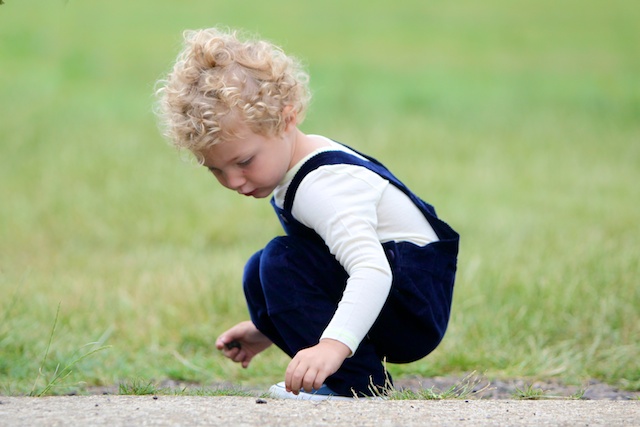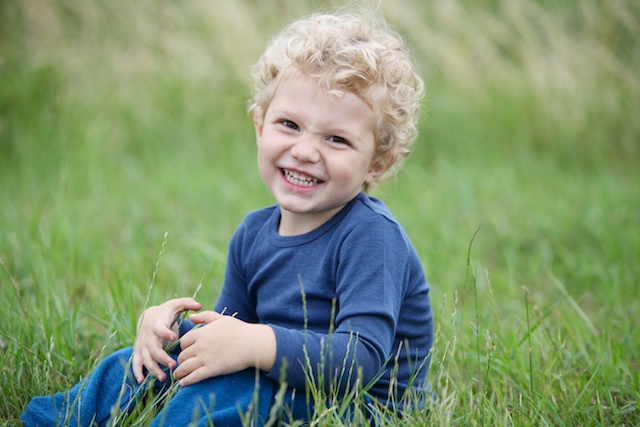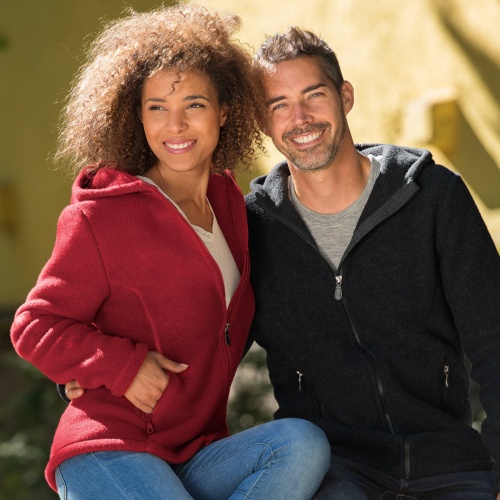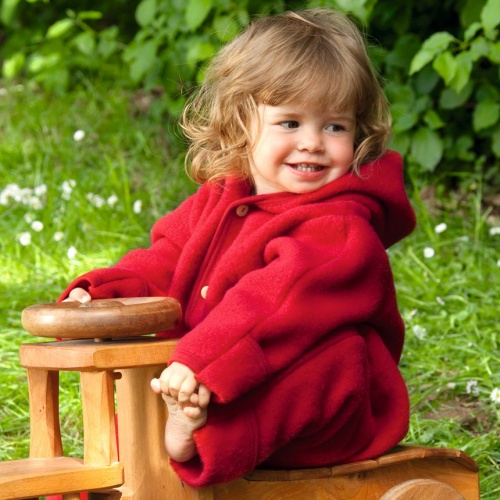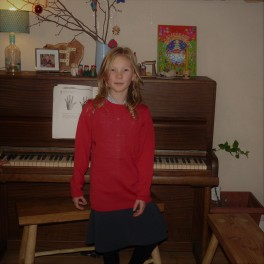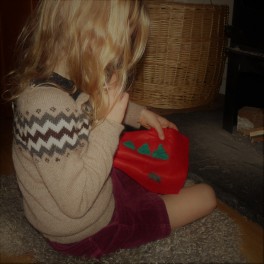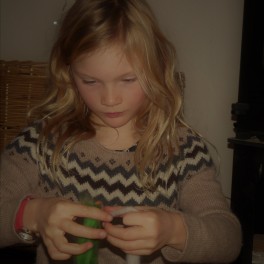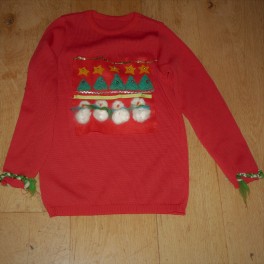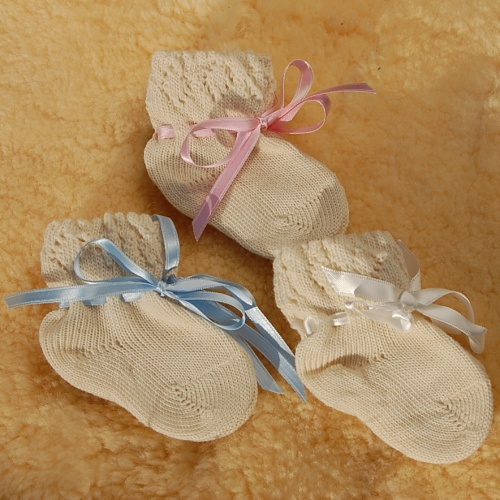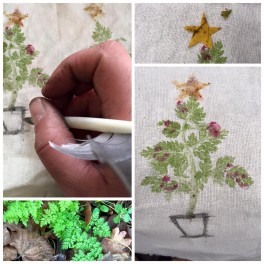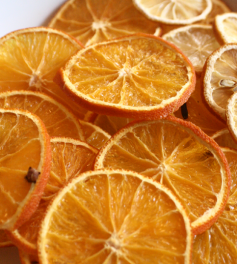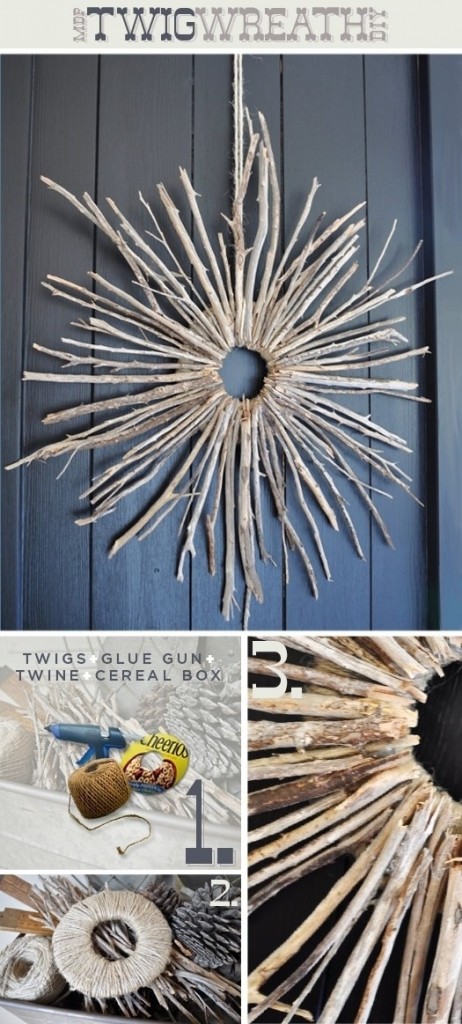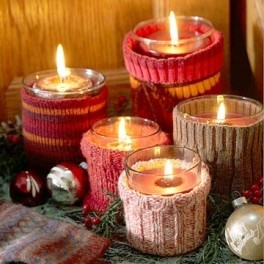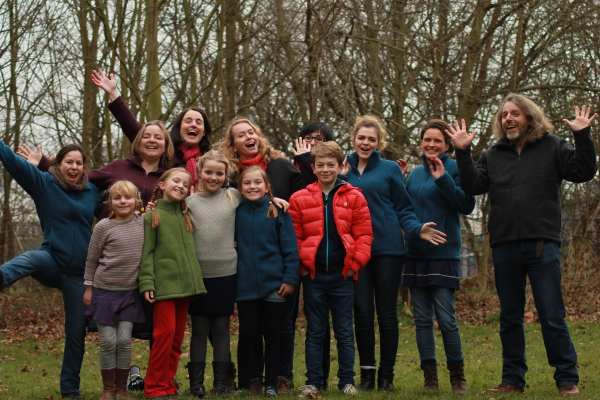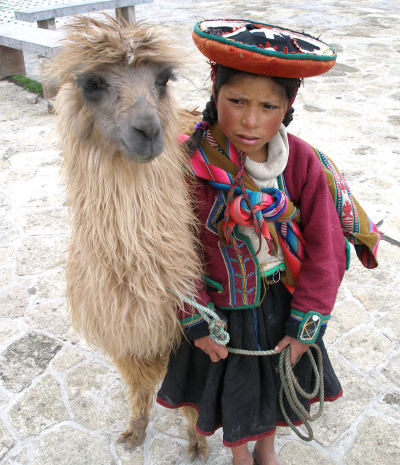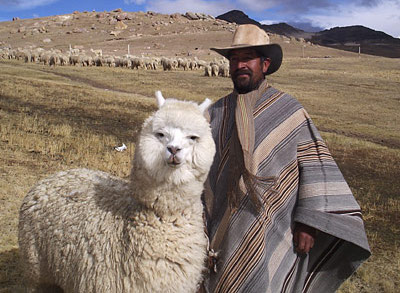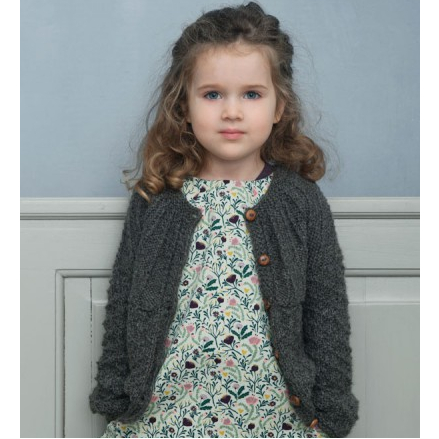My name’s Tanya and my husband, Sam, and I have just had a baby. You’ll know Sam as he answers many of your calls and emails and has probably packed your order!
I’ve been a mum for just over a month now to a beautiful baby girl named Molly. She is pure perfection and I could not have predicted the immediate and overwhelming love I have for her. My husband, Sam, and I were definitely wrapped up in our own little baby bubble for the first three weeks while he was on his paternity leave. Now Sam has returned to work, it’s just me and Molly in our happy little baby bubble.
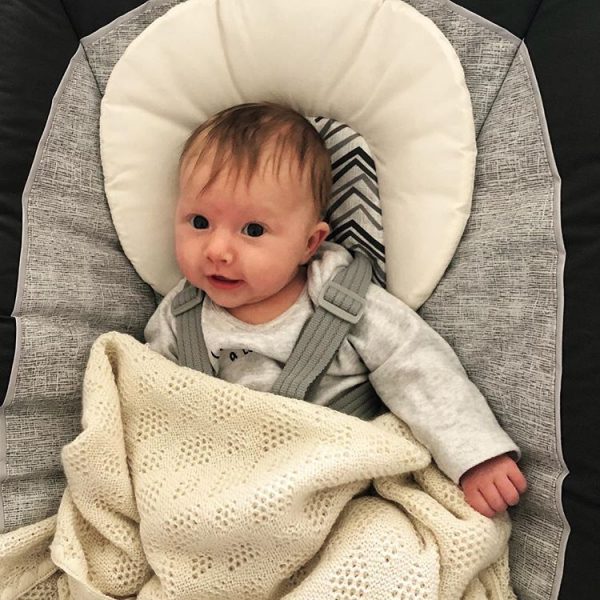
Molly under her Disana delicate wool blanket.
Although I have never been happier, unfortunately, the lack of sleep, the overwhelming sense of responsibility and having to accept that my life will never be the same again occasionally (frequently) get the better of me. There have been many times when I have sat and cried. In fact, just last week I did nothing but cry all day. My daughter would not stop crying no matter what I did so we just sat and cried together until my husband had to come home from work early to rescue us both. I’ve never felt as much a failure as I did when she settled in his arms that afternoon. What did he have that I didn’t?? Probably a nice steady heartbeat and breathing rhythm in comparison to me who was so wound up my heart rate must have been in the thousands. Thankfully, I have not been too traumatised by that day and we’ve actually learnt from the experience and have managed a week now, without any mummy tears, while daddy has been at work. Sense of accomplishment has been restored! Note to self: a bad day is not failure and calm husbands are worth their weight in gold.
Actually, surviving my first month of motherhood is a major accomplishment in itself. It’s hard. No amount of books or classes could prepare me for the drastic life change a baby brings. I’ve been assured it gets easier but honestly, I don’t need it to. She’s worth every ounce of effort I put in and I’m incredibly grateful to spend the rest of my life being her mum.
Molly and I are really looking forward to sharing our journey with you all. Here at Cambridge Baby we sell a lot of clothes for babies and I’m sure many of you have been through, are going through or will be going through soon, many of the things that I’ll be writing about. We'll be posting weekly so keep checking back. I hope you enjoy joining us and we’d love to hear from you over on our social media pages!



 Cambridge Baby Blog
Cambridge Baby Blog
